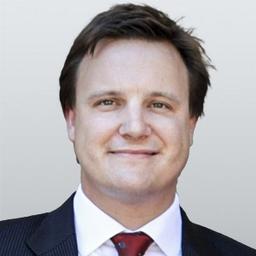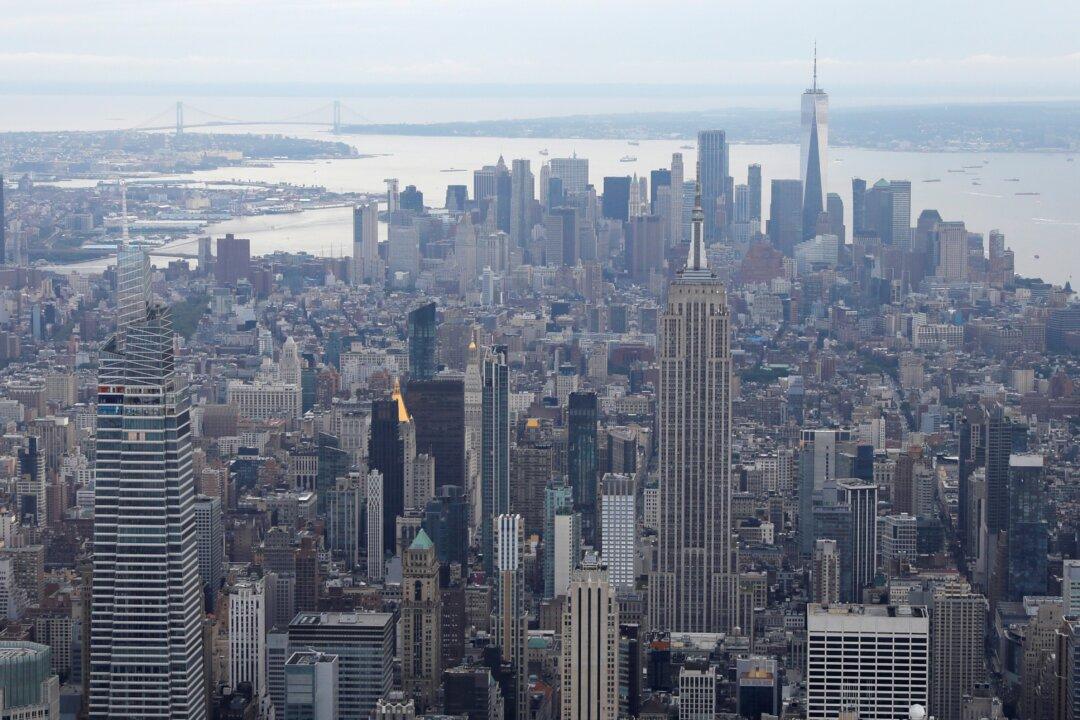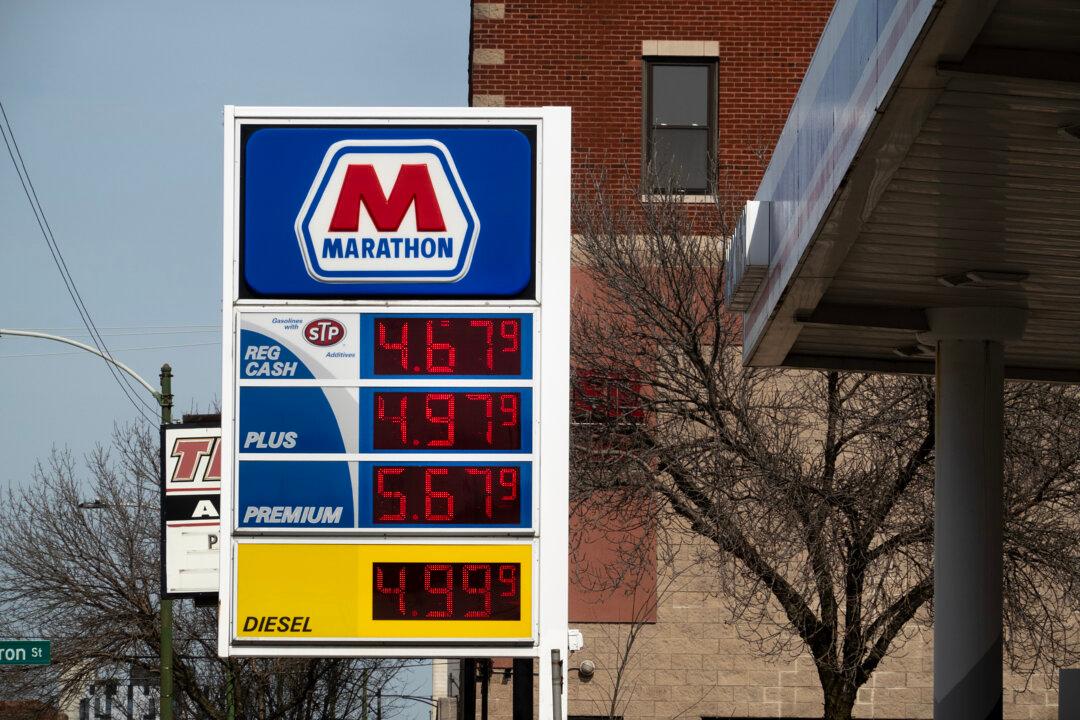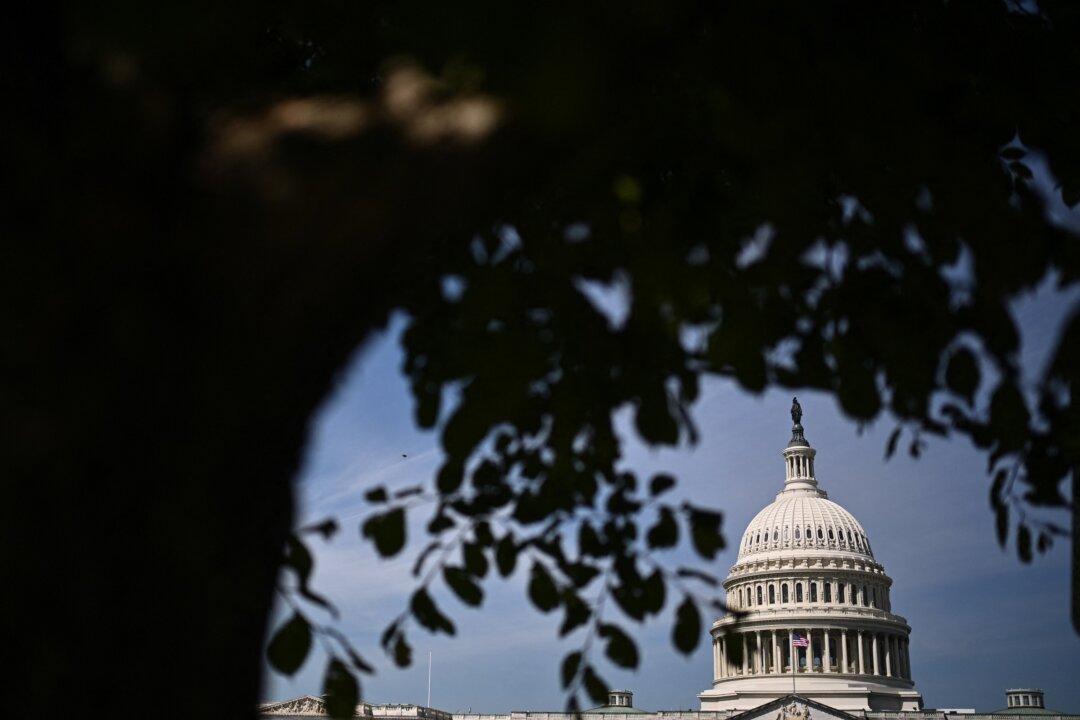Commentary
Many believe that by year-end the United States will be in a recession. On March 31 both the 2-year and 10-year Treasury yields inverted, which is typically a signal that a recession looms ahead. While an inverted Treasury yield certainly creates a large ripple effect amongst economy watchers, the vast amount of money printed over the past two years is actually far worse than an inverted yield curve. Furthermore, a number of S&P 500 stocks just concluded their worst quarter ever, and technology stocks lost close to $2 trillion in market valuation.





